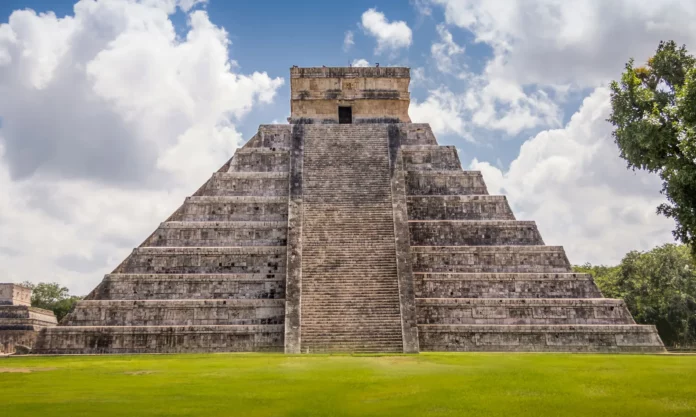Introduction
The Mesoamerican civilizations of ancient times have fascinated historians, archaeologists, and enthusiasts alike. These cultures left behind remarkable legacies of art, architecture, writing systems, and complex societies. In this article, we will explore the question of which culture was the first Mesoamerican civilization. By delving into the histories and achievements of several prominent cultures, we can gain insights into the rich tapestry of Mesoamerican civilization.
Defining Mesoamerica
Mesoamerica refers to a geographical region encompassing parts of present-day Mexico, Guatemala, Belize, Honduras, and El Salvador. The Mesoamerican civilizations thrived between approximately 2000 BCE and 1521 CE. It is important to note that Mesoamerica was home to a diverse array of cultures, each with its own unique contributions and historical significance.
Olmec Civilization
The Olmec civilization, which emerged around 1500 BCE, is often regarded as the earliest Mesoamerican civilization. The Olmec people inhabited the Gulf Coast region of present-day Mexico. They were known for their distinctive art style, colossal stone heads, and complex agricultural practices. The Olmec civilization laid the foundation for subsequent Mesoamerican cultures through their advancements in agriculture, trade networks, and religious beliefs.
Zapotec Civilization
The Zapotec civilization, based in the Oaxaca Valley of present-day Mexico, flourished from around 500 BCE to 800 CE. The Zapotecs are known for their impressive urban centers, such as Monte Albán. They developed a sophisticated writing system, known as the Zapotec script, and excelled in astronomy, architecture, and engineering. The Zapotec civilization had a significant influence on subsequent Mesoamerican cultures, particularly the Mixtec and Aztec civilizations.
Maya Civilization
The Maya civilization, one of the most renowned Mesoamerican cultures, thrived from approximately 2000 BCE to 1500 CE. The Maya inhabited the Yucatan Peninsula, parts of Guatemala, Belize, and Honduras. They excelled in various fields, including mathematics, astronomy, art, and hieroglyphic writing. The Maya cities, such as Tikal and Palenque, boasted impressive temples, palaces, and observatories. The Maya civilization’s longevity and cultural achievements have left an indelible mark on Mesoamerican history.
Teotihuacan Civilization
The Teotihuacan civilization, located near present-day Mexico City, reached its peak between 150 and 600 CE. Teotihuacan was one of the largest cities in the ancient world, characterized by monumental architecture, including the Pyramid of the Sun and the Pyramid of the Moon. The Teotihuacanos excelled in urban planning, mural art, and trade networks that stretched throughout Mesoamerica. Their influence can be seen in the later civilizations of the region, such as the Maya and Aztec.
Toltec Civilization
The Toltec civilization emerged around 900 CE and thrived until the 12th century CE. The Toltecs inhabited central Mexico and are known for their capital city of Tula. They were skilled artisans, creating intricate stone sculptures and metalwork. The Toltecs also made significant advancements in agriculture, engineering, and warfare. The Toltec civilization had a lasting impact on subsequent Mesoamerican cultures, including the Aztecs.
Conclusion
In conclusion, the question of which culture was the first Mesoamerican civilization is a complex one. While the Olmec civilization is often considered the earliest Mesoamerican culture, it is important to acknowledge the contributions and achievements of subsequent civilizations such as the Zapotec, Maya, Teotihuacan, and Toltec. These cultures, with their remarkable art, architecture, writing systems, and technological advancements, collectively form the rich tapestry of Mesoamerican civilization. By studying their histories, we can gain a deeper appreciation for the cultural heritage of this extraordinary region.


